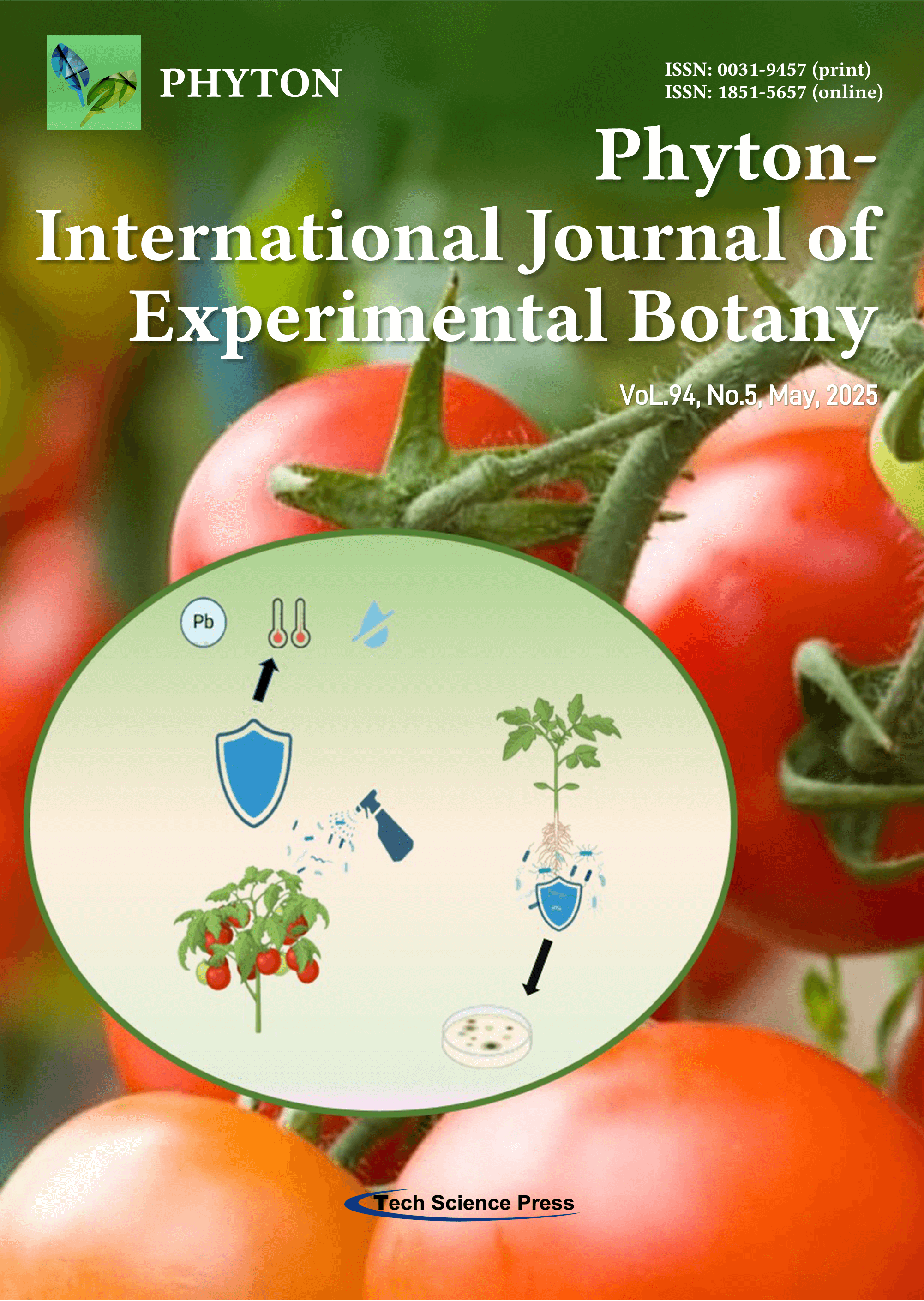
This image provides a comprehensive visual summary of our review paper on strategies to enhance tomato resistance against both biotic and abiotic stresses. At the heart of the illustration, vibrant, healthy tomato fruits symbolize the ultimate goal: cultivating resilient plants capable of thriving in challenging environmental conditions. The left panel focuses on the plant’s defense mechanisms against biotic stressors, such as pathogens including bacteria, fungi, and pests. A prominent shield icon represents the tomato’s innate immune system, which is further strengthened by beneficial soil microbes. These microbes play a crucial role by activating natural defense pathways within the plant’s roots, effectively priming the plant’s immune responses. Arrows illustrate the signaling process, showing how beneficial microbes stimulate the roots to produce defensive compounds and bolster overall plant health. The shield not only signifies protection but also emphasizes the synergy between the plant’s innate defenses and microbial allies, creating a formidable barrier against harmful pathogens. This integrated approach highlights the importance of leveraging biological agents and natural defense mechanisms to develop tomato varieties with enhanced resilience, ultimately leading to healthier crops and improved agricultural productivity in the face of environmental challenges.
View this paper